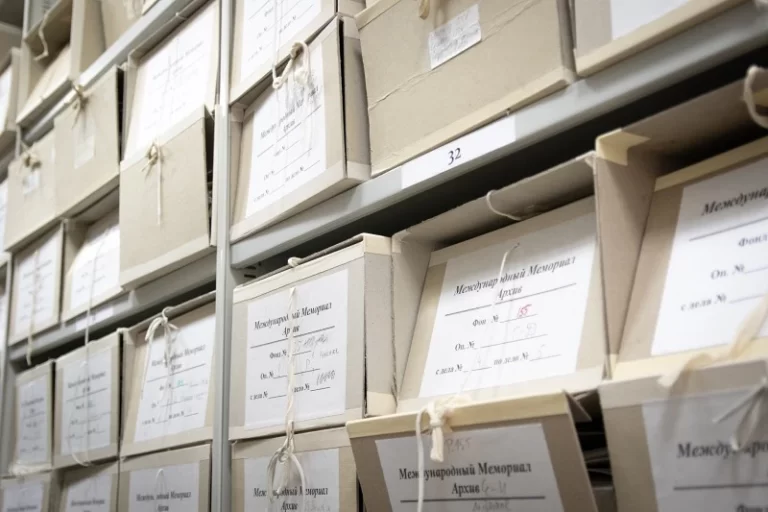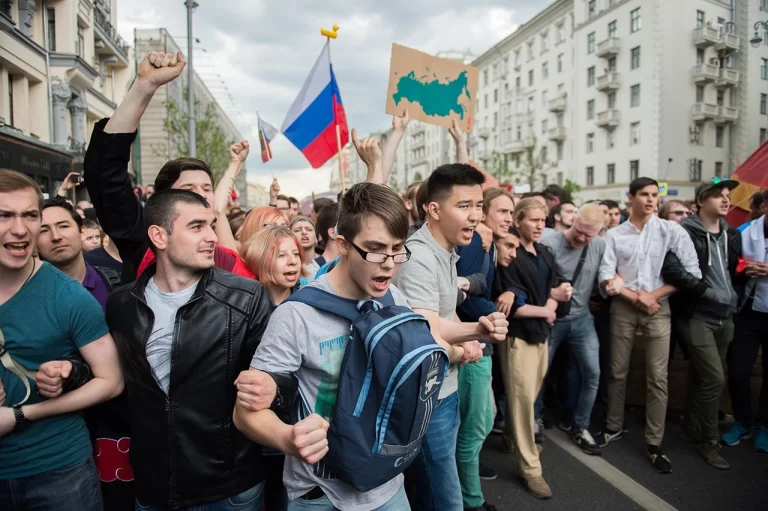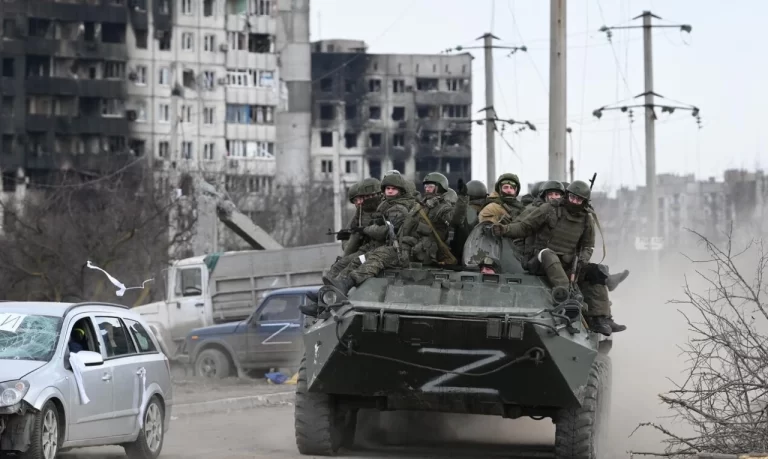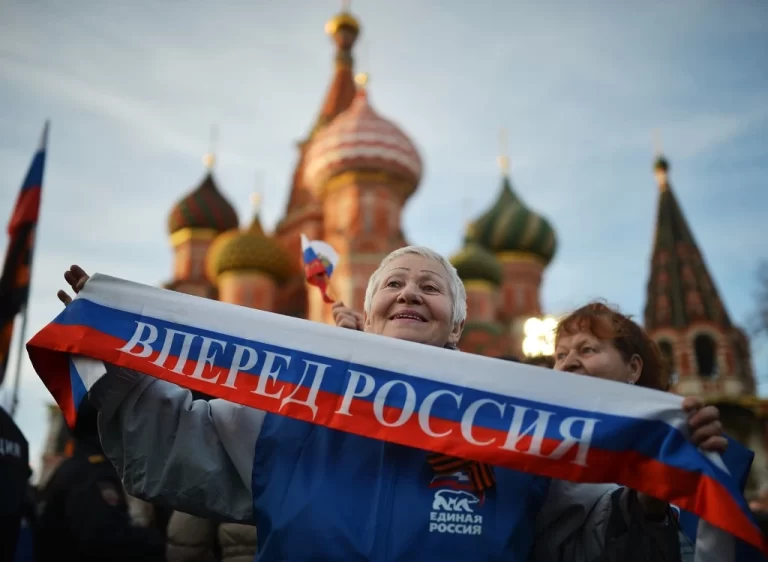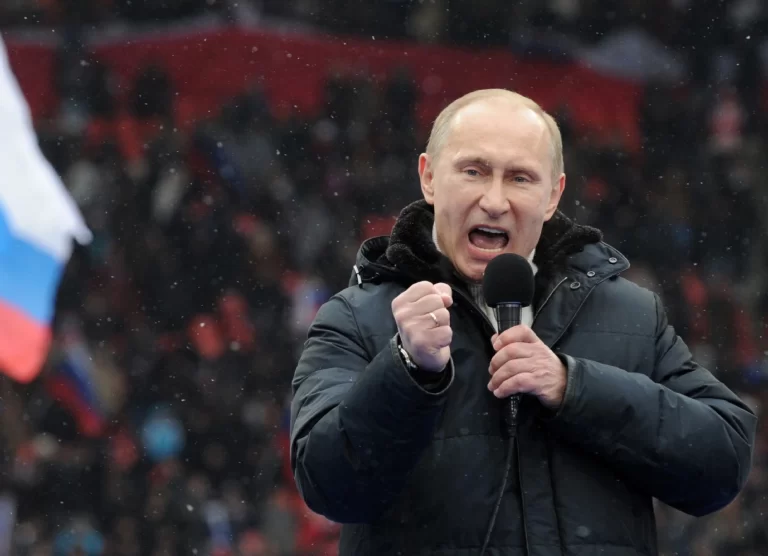Amidst the Russian experts and politicians, a relentless debate continues to swirl: Should citizens engage in non-democratic elections? The dichotomy emerges as elections stand as the sole legal avenue for a power struggle, while pressures on independent candidates and the crisis within Russia’s party system render citizen participation a formal act that paradoxically legitimizes unfair election outcomes.
Regional Mobilization: How the Russian Government Ensures the "Right" Vote in Elections
Amidst the Russian experts and politicians, a relentless debate continues to swirl: Should citizens engage in non-democratic elections? The dichotomy emerges as elections stand as the sole legal avenue for a power struggle, while pressures on independent candidates and the crisis within Russia's party system render citizen participation a formal act that paradoxically legitimizes unfair election outcomes.
Drawing from the case study of the Central Russian region - Tula Oblast, we unveil the inner workings of the "vertical mobilization" strategy employed to ensure the "correct" election results. This exploration elucidates why Election Day exerts limited influence within Russia's political landscape, rendering on-site election observation ineffective and merely lending legitimacy to fraudulent processes
Set against the backdrop of the upcoming September 2023 elections, where 26 regions will elect their leaders and 16 regions their legislative assembly members, the fervor of pre-election campaigning is fervent. However, these impending elections hold more significance beyond Russia’s domestic politics, showcasing the Russian populace’s determination about their collective destiny to the international community. The outcome of these elections, particularly victories of candidates approved by the Kremlin, will indicate public support for Putin’s regime and his involvement in the Ukrainian conflict – a shared responsibility.
Yet, Election Days in Russia represent merely the culmination of an extensively orchestrated preparation undertaken by regional governments. This multifaceted preparation commences well before candidate registration and operates continuously, fueled by budget allocations under the centralized guidance of the Russian Presidential Administration. The electoral manipulation reaches deep into the fabric of society, orchestrated by a well-structured, hierarchically aligned network that permeates regions – from governors and interior policy ministers to heads of municipal districts and even community association leaders.
Central to this orchestration is the Russian Presidential Administration, holding a pivotal role in the electoral mobilization network. It assigns tasks to regional governments for the impending electoral campaign and collaborates on the list of candidates and parties eligible for participation.
The Ministry of Internal Policy within each regional government then undertakes the tasks outlined by the Russian Presidential Administration, leading the charge in regional mobilization efforts.
Enter the Council of Municipal Entities, an ostensibly civic institution with a continuous presence. However, the Council of Municipal Entities operates as a division of the Ministry of Internal Policy, functioning as a conduit for streamlined budget allocations for internal policy initiatives, bypassing competitive procedures. The Council of Municipal Entities maintains direct ties with municipal administrations, facilitating top-down influence throughout the electoral process.
In Russia’s political landscape, the interplay between these complex structures intricately shapes the trajectory of elections. While citizens cast their ballots, the actual mechanisms of power are set in motion long before Election Day, underscoring the multifaceted nature of Russia’s electoral dynamics and the intricate balance between formalities and manipulation.
In the intricate tapestry of Russia’s political landscape, district administrations emerge as pivotal intermediaries in the chain of command, connecting the Council of Municipal Entities to community leaders. A financial interdependence between municipalities and regional authorities sustains this interconnection.
The institution of community leaders, nurtured by the Ministry of Internal Policy, unfolds methodically and purposefully. These community leaders, known as “heads of home,” are individuals within a multi-apartment building responsible for residents’ well-being. They wield significant influence within the mobilization network, residing alongside neighbors, understanding their concerns, and assisting with communal matters. This familiarity breeds trust, making them potent conduits for information dissemination during pre-election campaigns, conveying essential information from the ministry. Moreover, political parties engage in dialogues with these community leaders, enhancing the efficacy of their electoral campaigns.
In rural areas, a parallel role is played by village heads, a position actively developed by local authorities for over four years, bolstered by grants for area development and modest personal incentives, often involving mobile connectivity allowances. Typically, these figures are women aged 50-65, either retired or employed in government roles, often aligning with the core electorate of the pro-establishment “United Russia” party.
The mobilization network comprises several branches, including the Regional Electoral Commission, the Public Chamber of Tula Oblast, corporate and educational institution leaders, media outlets, the body of elected officials, and political parties.
The Tula Oblast Regional Electoral Commission exists within the hierarchy of the Central Electoral Commission, although it de facto answers the regional government. Functioning as the technical organizer of elections, the commission ensures the legality of the process. It handles documentation, decides on the eligibility of independent candidates, and manages the work of local electoral commissions, primarily comprising teachers, university lecturers, and lower-tier bureaucrats, often aligned with the administration.
The Public Chamber of Tula Oblast ostensibly operates as a civil society institution. It functions as a division of the regional government’s Ministry of Internal Policy. Comprising 45 members, 15 appointed by the Tula Oblast Duma deputies, another 15 by the governor, and a final 15 chosen by previously confirmed members, this chamber’s primary role during elections is to curate a controlled pool of public observers. These observers are then distributed across polling stations to present a favorable informational portrayal of the voting process, publicly affirming its legitimacy.
In the intricate dance of Russian elections, these nodes of influence intricately shape the dynamics, emphasizing a choreographed blend of formalities and directed force that guides the course of the electoral journey.
In the intricate choreography of Russian elections, leaders of major enterprises, media, and higher educational institutions take center stage in mobilizing citizens to the voting booths on specific polling sites, leveraging administrative resources. Confident leaders are rewarded for achieving high voter turnout among their constituents through incentives such as gaining seats in the Tula Oblast or the city of Dumas or even a shot at being included in the ruling party’s candidate roster.
The legislative assembly, comprising deputies from the Tula Oblast Duma and municipal representatives, assumes the role of persistent mobilization agents, shaping voter behavior within their constituencies according to each electoral cycle’s objectives. Deputies who secure victories two or more times in a single-majority electoral district are particularly valuable in mobilization efforts, given their recognition and reputation within their designated territories.
Deputies entering the legislative assembly via party lists hold a relatively weaker position in this context. Consequently, strategic victories for the ruling authorities focus on securing candidates from “United Russia” in single-majority districts. Meanwhile, party lists may promote candidates based on alternative political and financial considerations, separate from their performance in these districts. Such strategic assessment of closed candidate lists on election day aligns with other parties advocating for a mixed electoral system. These parties express concerns over the mandatory proportion of list-based deputies within regional legislative assemblies dropping from 50% to 25%.
In the Tula Oblast, post the 2019 elections, the regional parliament consists of 75% “United Russia” representatives, with 27 deputies out of 36. “United Russia” candidates won in 21 out of 24 single-member districts, receiving the highest votes. “United Russia” secured an additional six seats through party lists. The Tula City Duma presents a similar pattern, with 74% of deputies contesting from “United Russia,” prevailing in 19 out of 20 single-majority districts.
The composition of both key regional legislative assembly includes representatives exclusively from parties integrated into the ministry’s mobilization system.
Within this system, deputies are tasked with maintaining a positive image of their party between elections and advocating for voter participation during election periods.
Within the intricate web of Russia’s mobilization strategies, the Committee on Press and Mass Communications serves as a pivotal nexus, exerting influence over local media outlets by fostering relationships with chief editors and media proprietors through personal connections and financial instruments.
Media outlets typically play a crucial role in public relations support for mobilization networks. However, their significance has diminished over the past three years due to increased financial dependence on the government and tighter regulation of journalists’ activities through administrative pressure at both federal and local levels.
Federal legislation on foreign agents has rendered media with such a status effectively defunct. In March 2022, Roskomnadzor, the national media watchdog, blocked independent websites, including Dozhd, Echo of Moscow, Meduza, Radio Free Europe/Radio Liberty, and Voice of America. Article 280.3 of the Russian Criminal Code stipulates up to three years of imprisonment for “public actions aimed at discrediting the use of the Russian Armed Forces to protect the interests of Russia and its citizens.” In July 2022, Article 56 was introduced into the Law on Mass Media, enabling the blocking any media outlet without a court order based on recommendations from the Prosecutor General or their deputies.
Media entities that actively engage in the mobilization efforts of the Ministry of Internal Policy receive favorable conditions for operation and additional contracts for providing informational support during pre-election campaigns.
However, integrating their leaders into the regional political system is the most effective means of controlling media. Consider five prominent media outlets in Tula, each leading regional web traffic according to the famous Russian service liveinternet.ru.
The region’s most widely read internet portal, “Sloboda,” is 100% owned by one of the largest metallurgical enterprises, PAO Tula Metallurgical Plant. The heads of two news agencies, “Tulskie Novosti” and “Tulskaya Pressa,” have been accepted as deputies in the Tula Oblast Duma. The director of the Tula branch of the All-Russian State Television and Radio Company is also an oblast deputy. The “TSN24” website is part of the “Media Trust” group of companies, which is owned by a former State Duma deputy from the “United Russia” party, and former deputy director of “Gazprom Media.” The sole regional TV channel, “Pervy Tula,” operates under the jurisdiction of the Committee on Press and Mass Communications of the Tula Oblast Government.
This intricate interplay underscores the depth of media’s entanglement within Russia’s mobilization machinery, shedding light on how strategic alliances, financial interests, and legislative controls converge to shape the media landscape’s role in elections and political maneuvering.
The regional branches of political parties form an integral part of Russia’s intricate electoral landscape. Party members are keen on collaborating with local authorities, with their interaction grounded in personal connections.
However, across all political parties in Russia, a strong emphasis is placed on party discipline and strict adherence to decisions made by the federal center. Here, party members find themselves navigating a delicate balance between party directives and the demands of regional governments. The only reason executive power in the regions tolerates political parties is to ensure a formal electoral alternative to candidates from “United Russia.” In the Tula Oblast, all parties, except for the “Yabloko” party, agree to a district-sharing agreement with the ministry. As a result, Tula’s democrats currently lack representation in both the Tula City Duma and the Tula Oblast Duma.
Through the efforts of the regional mobilization network, the Ministry of Internal Policy manages to achieve a voter turnout of 25-32%, mainly comprising workers from schools, hospitals, daycare centers, factories, law enforcement personnel, and other loyal constituents.
This mobilization network operates tirelessly and is financially sustained through budgetary allocations facilitated by the Council of Municipal Entities. This financial foundation makes it particularly effective, setting it apart from the “seasonal” mobilization efforts of political parties during the pre-election campaign. The network encompasses a broad cross-section of the population, performing various roles in the electoral process, from serving on electoral commissions to engaging in public observation. This ensures high involvement from favorably disposed voters in the voting process, consistently yielding positive outcomes for “United Russia.”
Every link in this well-constructed system functions harmoniously and continuously, interconnected by mutual dependence and cyclical reinforcement. As a result, election day itself holds little significance in the Russian context, as all potential disputes and political battles unfold well before that pivotal day.

